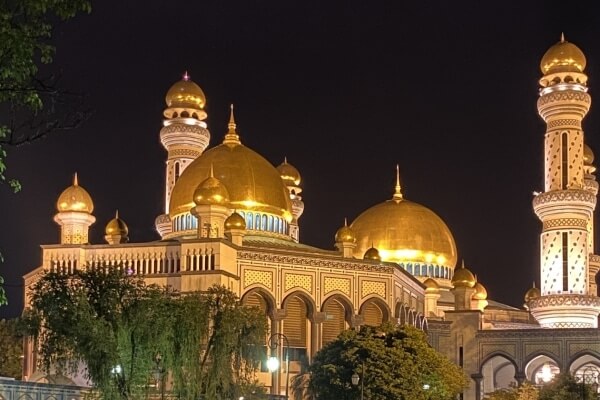“To see gold,” I replied to my Bruneian co-passenger while flying from Singapore to Bandar Sera Begawan, when he asked what the purpose of my visit to his country was.
“Yes, there is plenty of gold inside our Sultan’s palace, which unfortunately you will not be able to see, but besides gold, there will be many other things to reward you,” he laughed.
To the outside world, Brunei Darussalam is hyped as one of the wealthiest countries in the world. Several stories in the media about the luxurious lifestyle of their monarch made commoners like me perceive that everything there, from the wash basins to door handles, is made of the glittery metal. So, I had this tiny nation included in my bucket list to test how true my assumptions were. Thanks to my co-passenger, I was happy to note that, with an open mind, this Southeast Asian nation has many other drawcards besides gold to prize anyone who touches its shores.
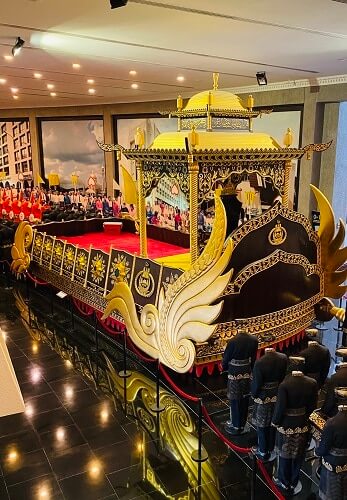
The sovereign state of Brunei is tucked away on Borneo Island, which is shared by Malaysia and Indonesia.
Brunei is an absolute monarchy, which has been reigned by Malay Islamic rulers called Sultans since the 14th century. Historians tout this monarchy as a unique Bruneian merger mingling the best of Malay culture with the teachings of Islam, and mutual respect between ruler and subjects. The nation’s fate changed in the early 20th century with the discovery of oil. Very soon, it became sumptuously rich by selling petroleum products to the rest of the world.
The nation’s current and 29th Sultan, His Majesty Hassanal Bolkiah, has been on the throne since 1968. He is unquestionably one of the richest people in the world. Media reports say he owns 7000 luxury cars and private jets (some gold crafted) and flies his barber down from the UK for his regular cut.
“He sleeps inside the world’s largest residential royal palace as per the Guinness Book of World Records,” said my tour guide Mohammed as we stopped by the front gates of his ruler’s home Istana Nurul Iman. I couldn’t see much other than the ornamented gate guarded by a royal sentry, who insisted I take a photo with him. I don’t think any other royal guards would do this, that’s how easy and friendly the Bruneian people are.
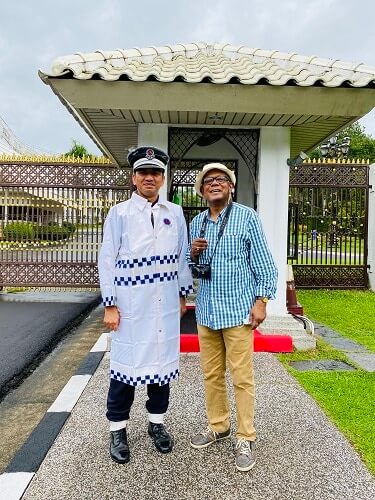
While standing in front of the palace which vaults several billion dollars’ worth of assets, I wondered how common folk feel about it.
“His Majesty looks after us very well,” commented Mohammed. Welfare benefits like tax-free income, free education and healthcare, subsidised housing, premium petrol at 40 US cents per litre and well-developed infrastructure for its 450,000 people testify Mohammed’s view.
Brunei is divided into four districts. Bandar Seri Begawan in the Brunei Muara district is the political and commercial capital. The district is home to the international airport and most of the key iconic attractions that my co-passenger had referred to. The list includes the two mosques – the Omar Ali Saifuddien Mosque built in 1958, and the Jame’ Asr Hassanil Bolkiah Mosque built in 1994. Both are architectural wonders with their domes made of 24-carat gold. The dome of the Sultan’s palace is also made of pure gold.
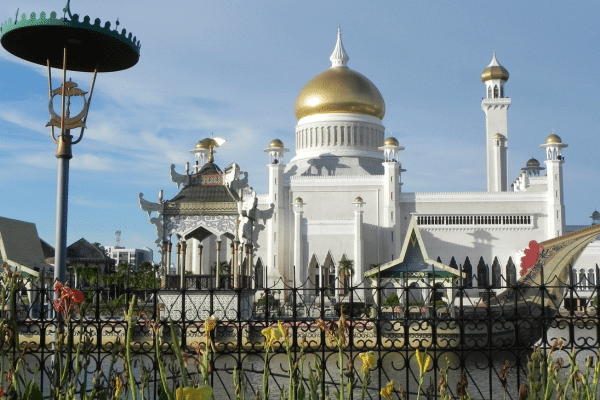
Some of the other attractions to visit in the capital are the Royal Regalia Museum, the Maritime Museum, the Islamic Calligraphy and Art Studies Centre, the Energy Hub, Gadong Night Market and Kampong Ayer – the famous water village of Brunei which comprises of centuries-old settlements on traditional houses built on stilts above the riverbed. They appealed to me like an isolated society, with their own mosque and schools for children to attend. The government provides them with clean water and electricity, and they connect with the land using either water taxis or their own boats.
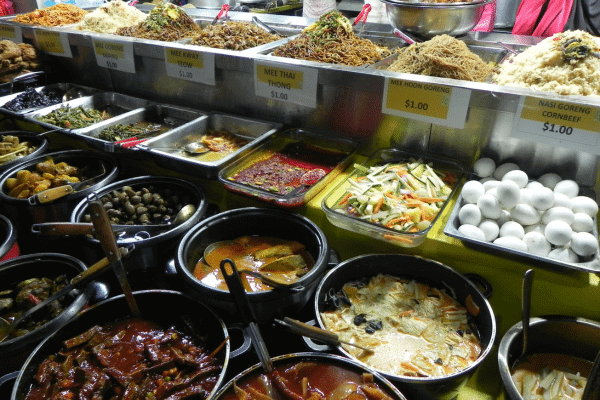
While the Brunei Muara district is fairly urbanised, the others are the nation’s green belts. Most significant is the Temburong district, referred to as the crown jewel of Brunei’s green landscapes. This region is isolated from the rest of Brunei by the waters of Brunei Bay. The government built a 30 km-long bridge across the water in 2019 at a cost of USD 1.6 billion. It’s an engineering feat that showcases how the government has utilised its wealth for the people. This bridge has drastically reduced travel times for Bruneians to visit Temburong, to escape to its famous national parks to shake hands with pristine nature.
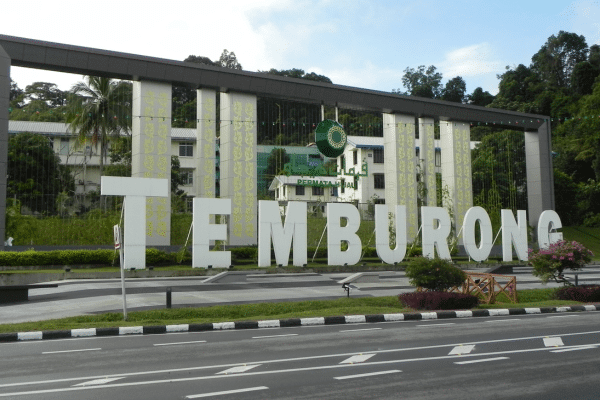
At the end of my Brunei itinerary, I was no longer simply striking off items from my bucket list. I ended up experiencing a unique blend of wealth, welfare and faith.
TRAVEL NOTEBOOK
Getting There Fly Singapore Airlines (www.singaporeair.com) from Australia to Bandar Seri Begawan via Singapore.
Stay Established in 1957, the conveniently located Brunei Hotel (thebruneihotel.com) offers comfortable stay.
Restaurants Chop Jing Chew is famous for Roti Kuning for breakfast. Try Aminah Arif Restaurant at lunchtime for Ambuyat – Brunei’s national dish, and Riwaz Indian Restaurant for dinner.
READ ALSO: Cairns: A guide to exploring reefs and rainforests



